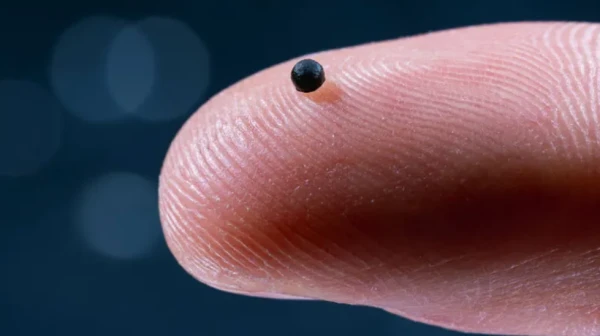
In Switzerland, scientists have developed a microscopic robot the size of a grain of sand, capable of moving inside the human body under the control of external magnets.
The device can navigate through blood vessels, cerebrospinal fluid, and other hard-to-reach areas of the body, delivering medications directly to the site of disease.
The technology has already been successfully tested on pigs, whose circulatory system is similar to that of humans, as well as in artificial models of human vessels made of silicone. It is claimed that the development addresses one of the major issues in modern pharmacology — the serious side effects of medications, which cause up to 70% of promising drugs to fail clinical trials.
The Swiss microrobot solves this problem by delivering the active substance only to the required area, bypassing healthy tissues and organs. This significantly reduces the toxicity of therapy and increases its effectiveness even when using potent medications.
The system consists of six large magnets with a diameter of 20 to 25 cm. The microrobot is a gelatinous sphere made of tantalum and iron oxide nanoparticles, which also contains the medication. The sphere can be controlled in a magnetic field using a joystick, similar to a racing game on a complex track. Instead of a track, the sphere with the medication moves through blood vessels even against the flow of blood, so strong is the attractive field. At the delivery address, the capsule disintegrates from an external impulse, and the medication primarily reaches the target area of the body.
According to the authors of the study, such magnetic microrobots could radically change the approach to treating oncological, neurological, and other serious diseases in the future. The technology paves the way for the creation of "smart" drugs that will act exclusively on affected cells, virtually eliminating systemic side effects.















Leave a comment